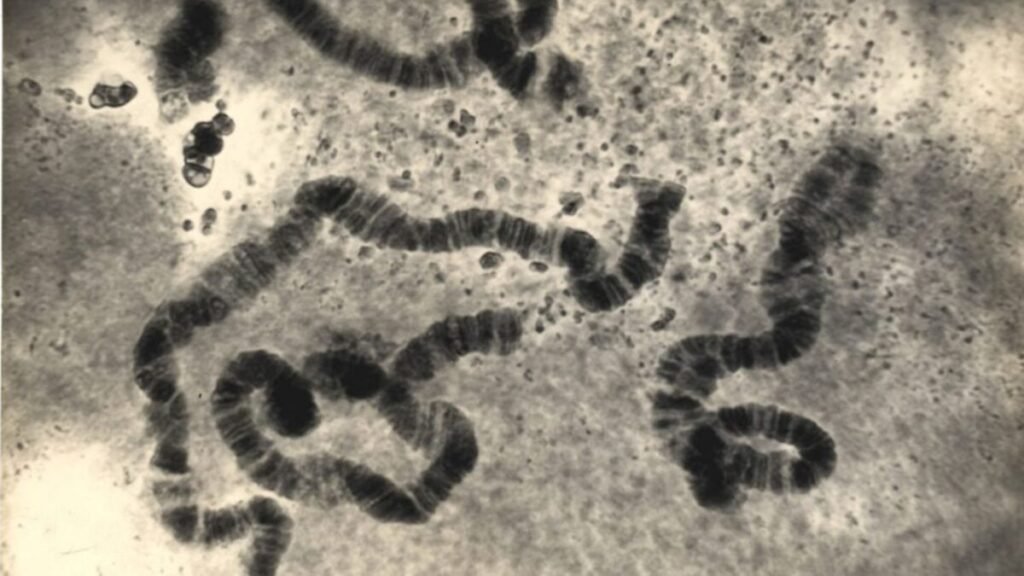The Cool Discovery of Jumping Genes: How DNA Got a Little Rebel Inside

Often described as an “instruction book,” the DNA within our cells seems to have a life of its own. Among the chains of adenine, thymine, guanine, and cytosine, there are fragments that can move, copy, paste, or disappear without warning. These are transposons, the jumping genes, that have forever changed our understanding of the genome.
The scientist who saw DNA move
In 1950, a scientist studying color variations in corn grains observed genetic material moving between genes, “jumping” from one place to another and altering nearby genes. This discovery by McClintock, though initially met with skepticism, revolutionized biology by showing that our genome is not fixed but a dynamic choreography.
The genome as a living collage
Research in the early 2000s revealed that up to two-thirds of our genome is made up of transposons or their remnants. These mobile fragments can drive genetic diversity and evolution, but also pose risks of mutations and genetic diseases. There are two main families of transposons, each following different routes to move within the genome.
Transposons, also known as jumping genes, are DNA sequences that can move from one location to another within an organism’s genome. This mobility can have both harmful and beneficial effects on the host organism.
The Dark Side of Transposons
When a transposon inserts itself in the middle of an essential gene, it can alter its function. For example, an Alu element that settles in a specific region of chromosome 8 can disrupt the production of a protein that prevents blood clots, increasing the risk of heart attacks. Another scenario: a LINE-1 on chromosome 18 can deactivate the APC gene, responsible for controlling cell division. Without that regulation, cells multiply uncontrollably, paving the way for cancer.
The Bright Side of Transposons
Nevertheless, scientists suspect that this mobility has also allowed beneficial adaptations. By altering how genes are activated, transposons may have contributed to human intelligence, the immune system, and aging.





